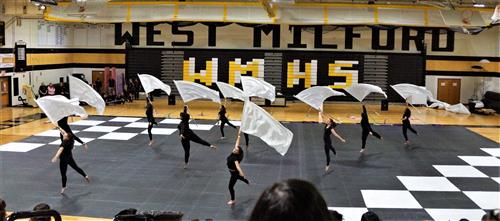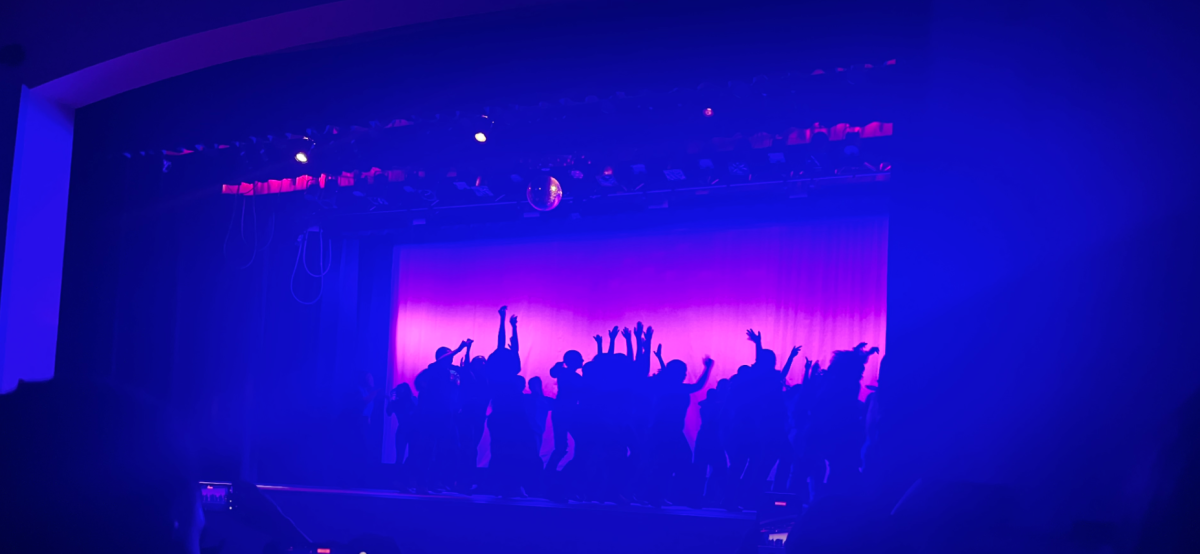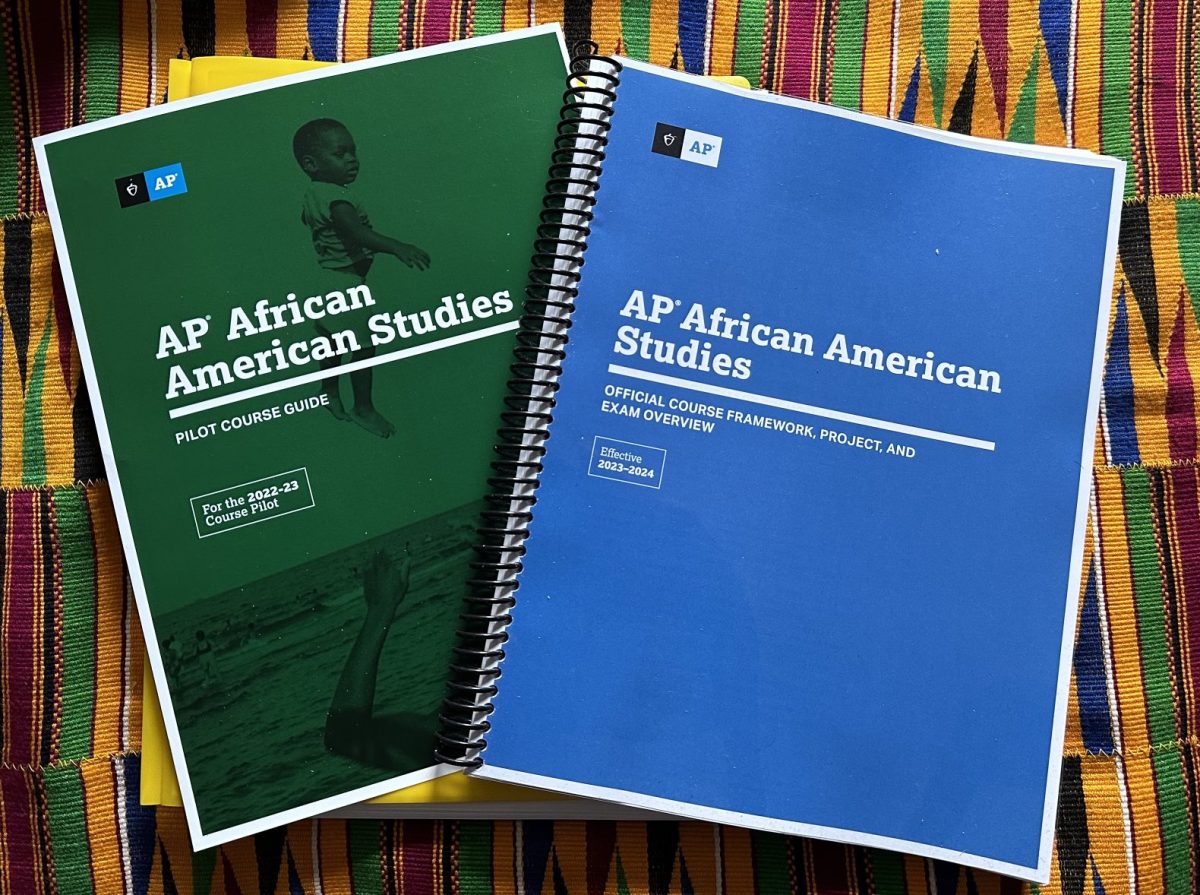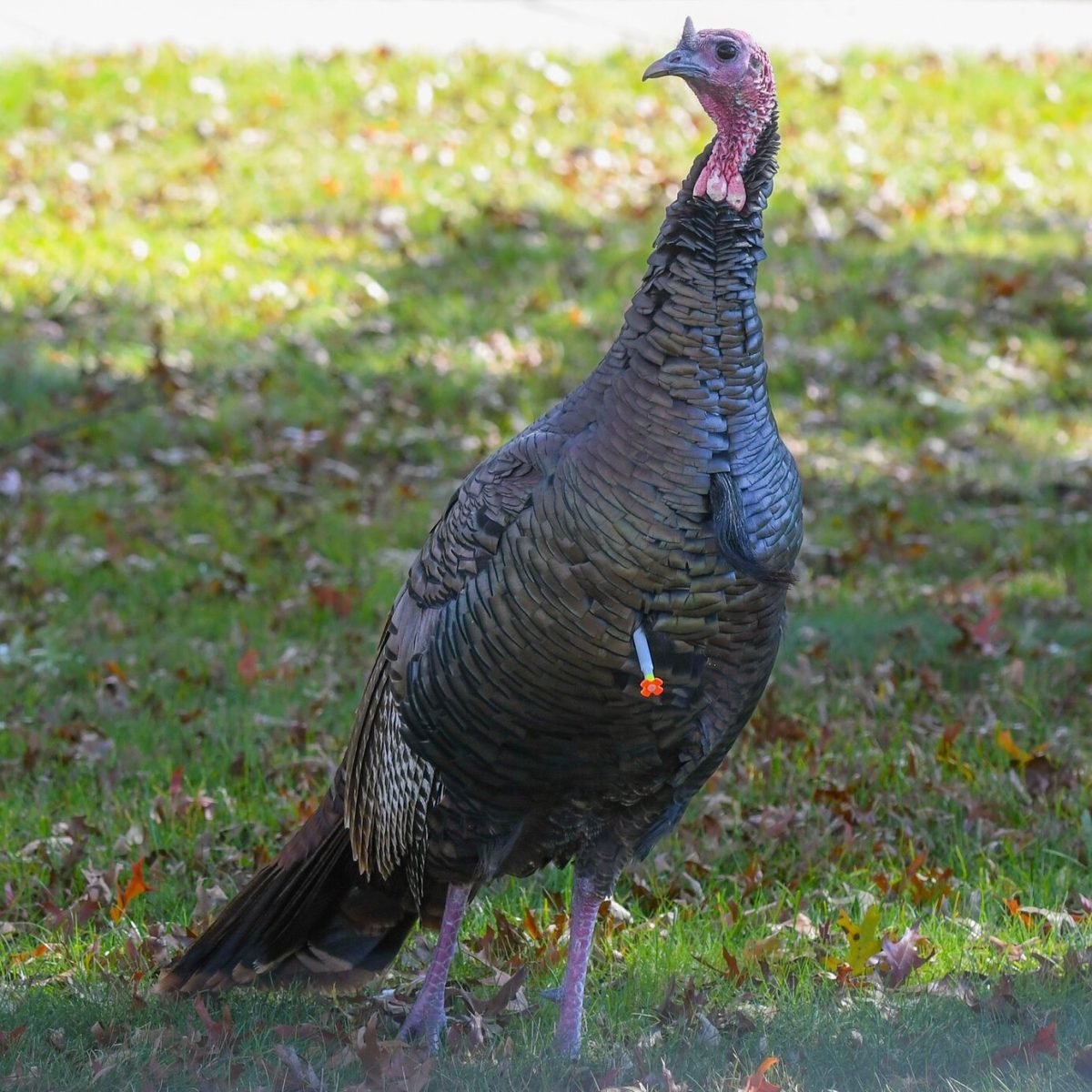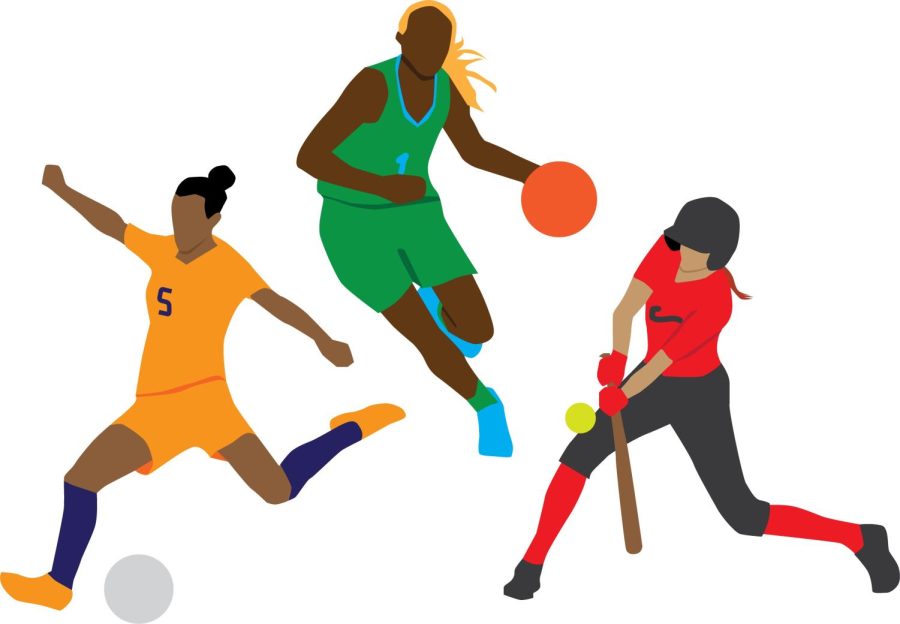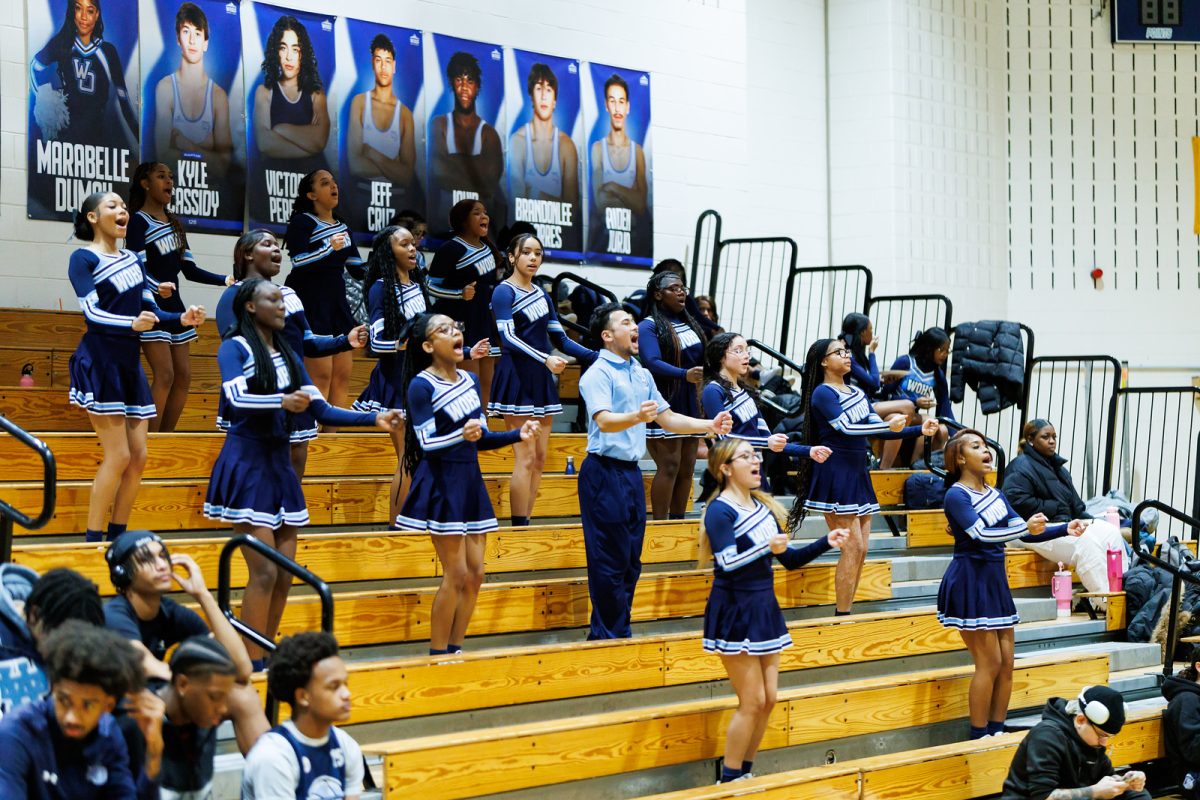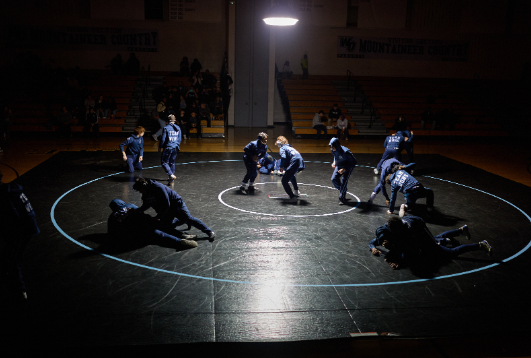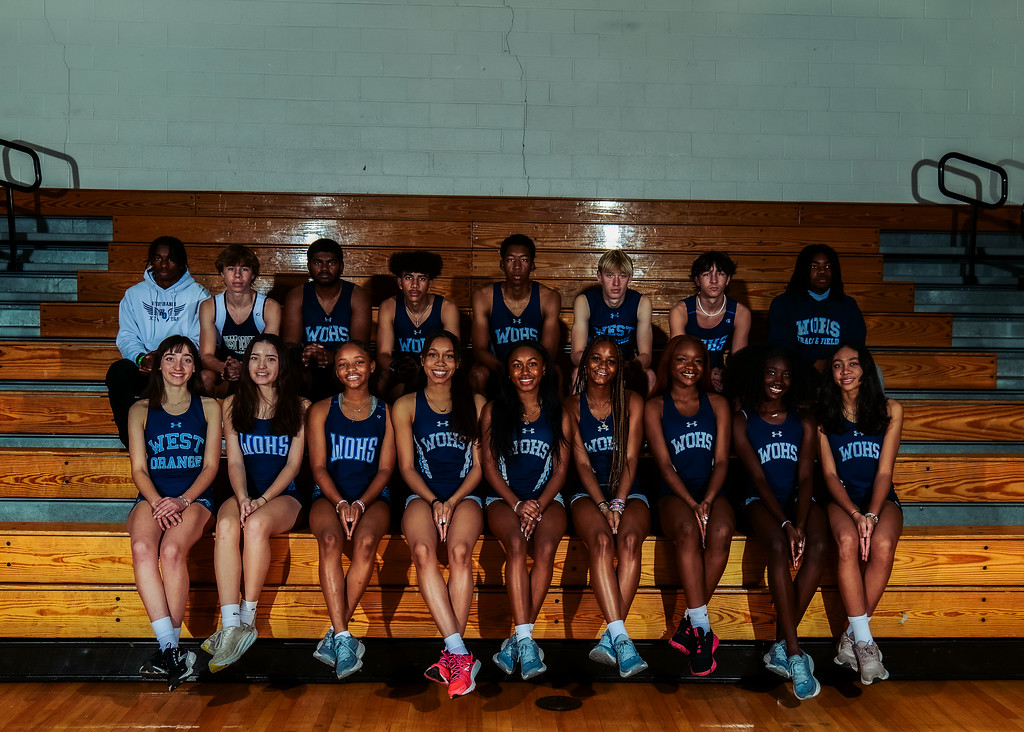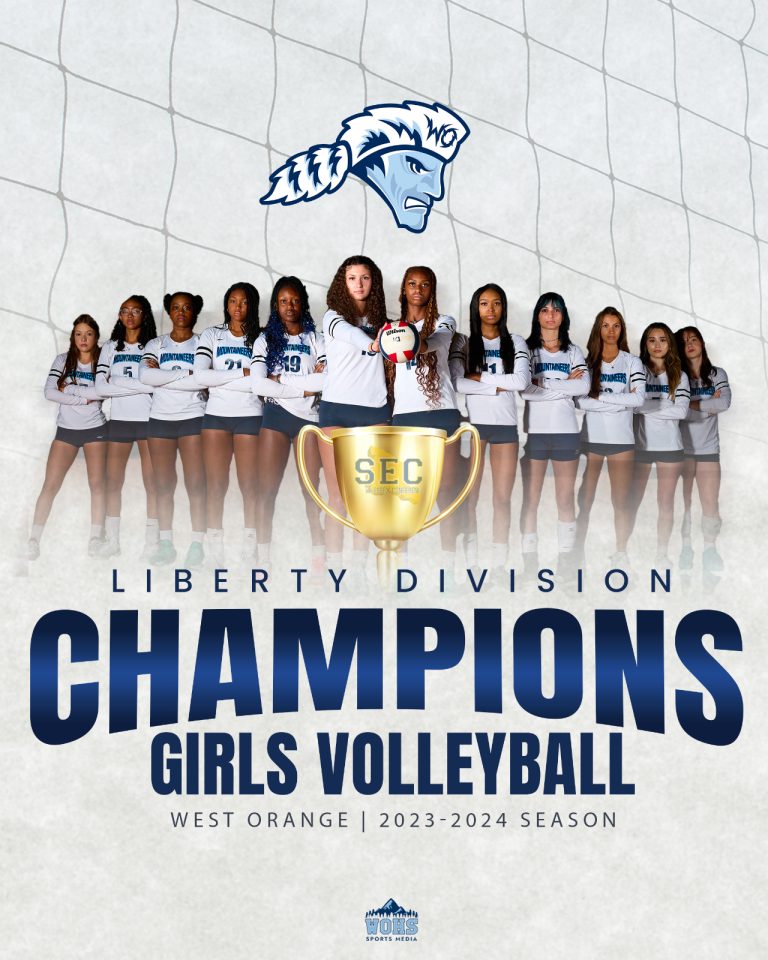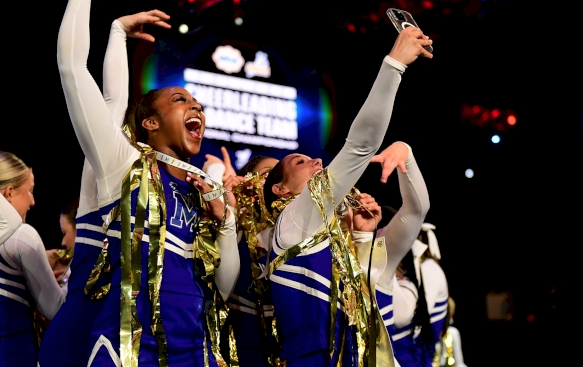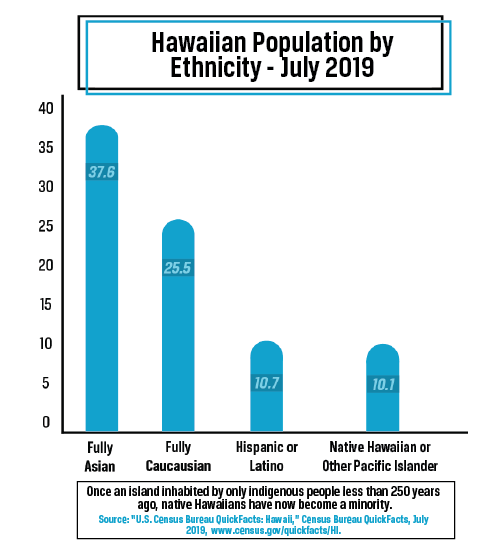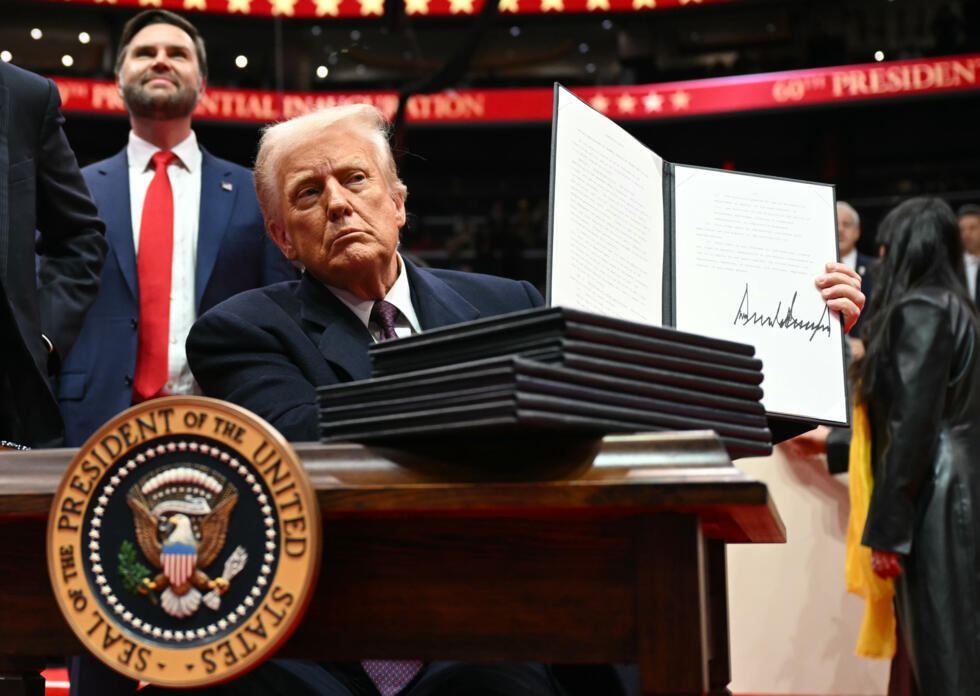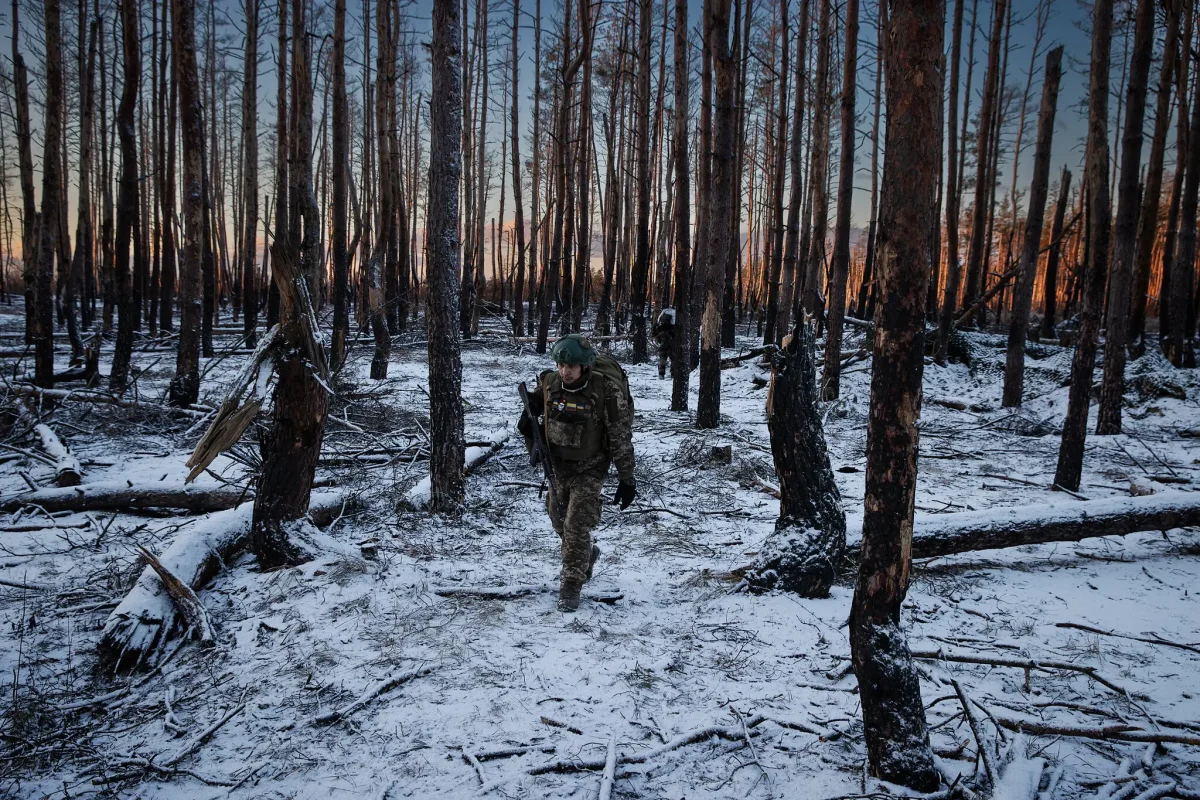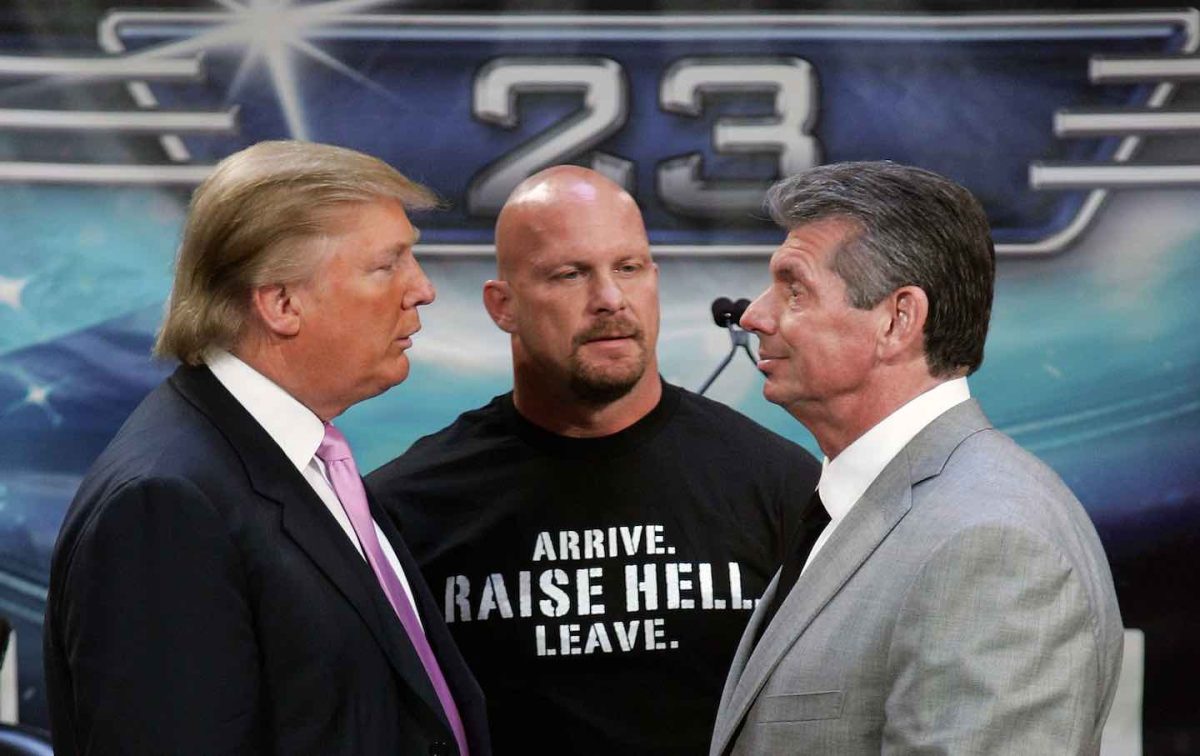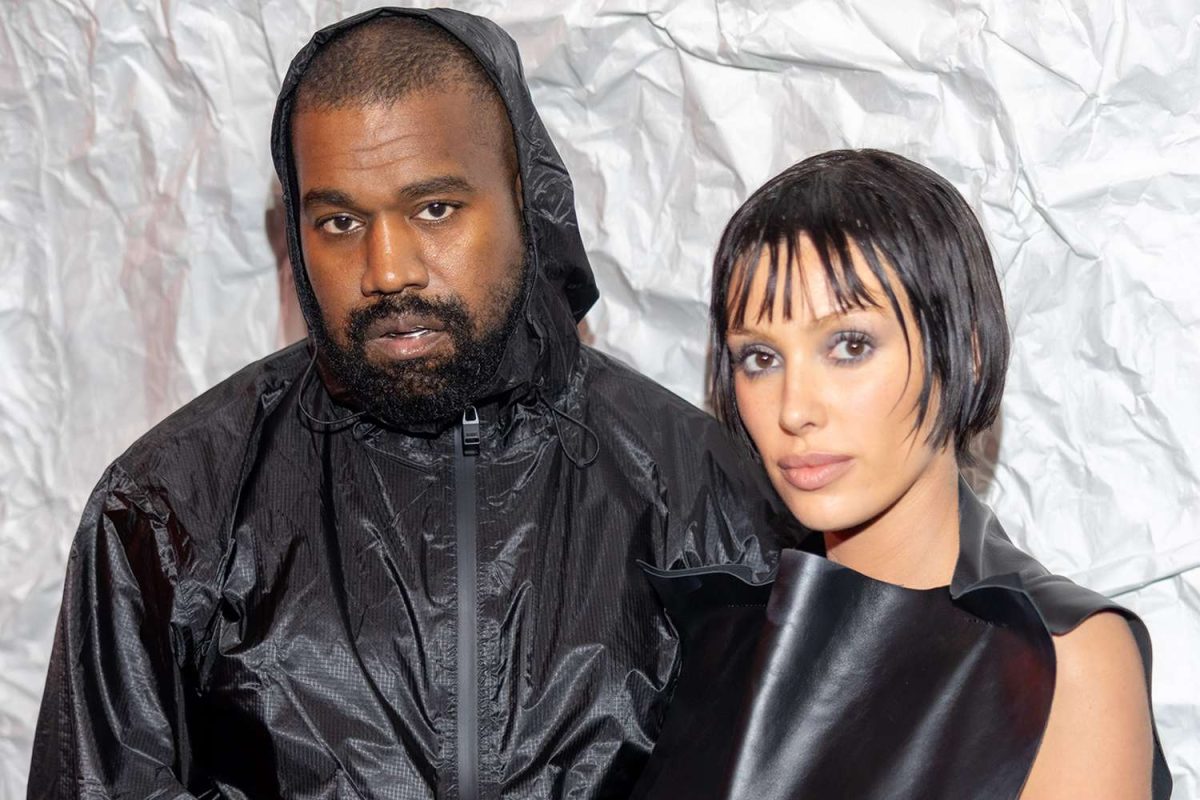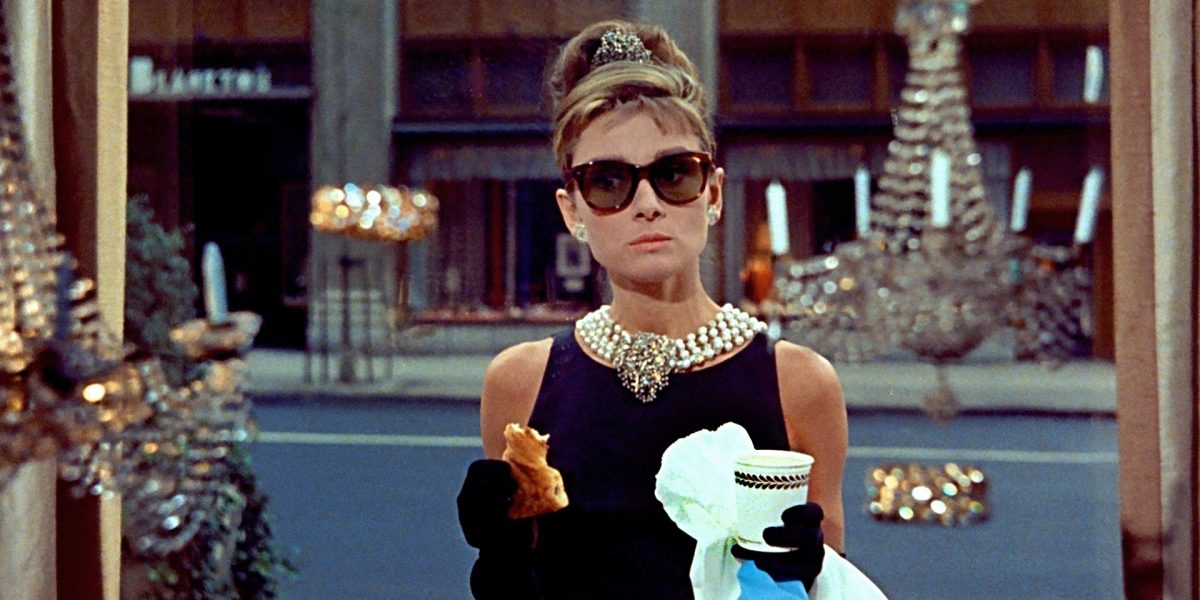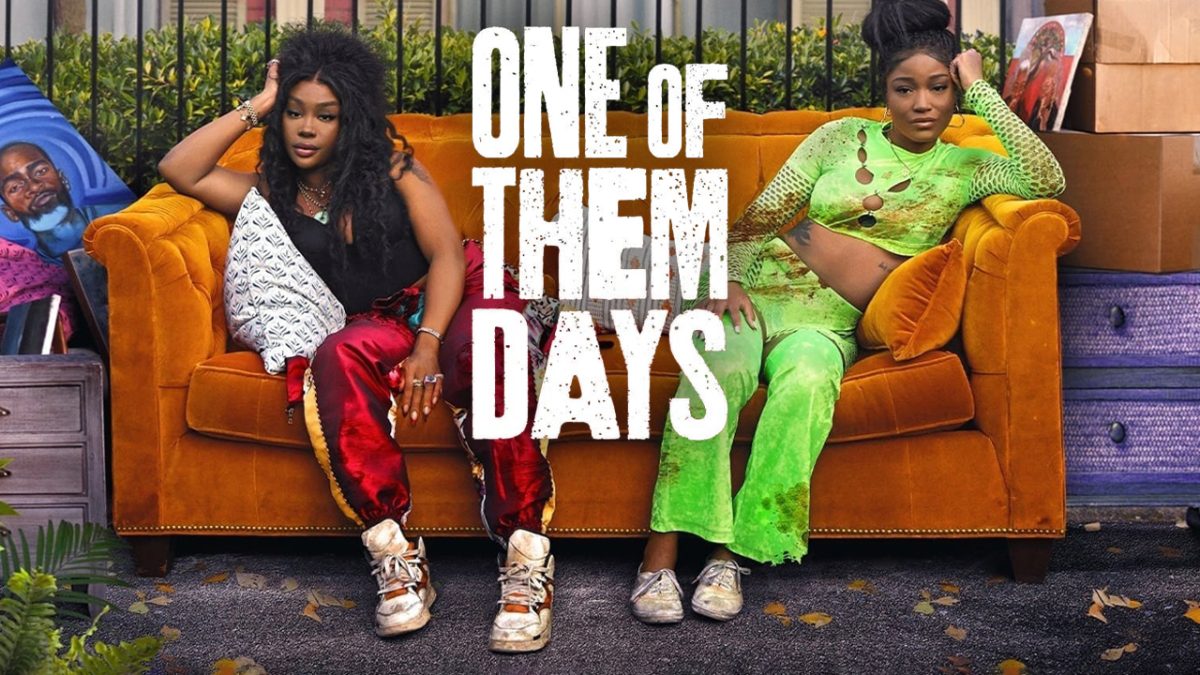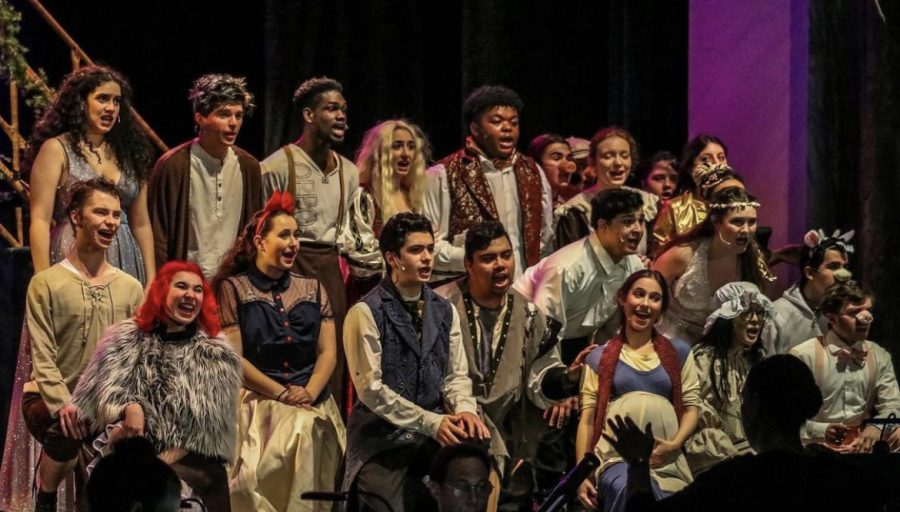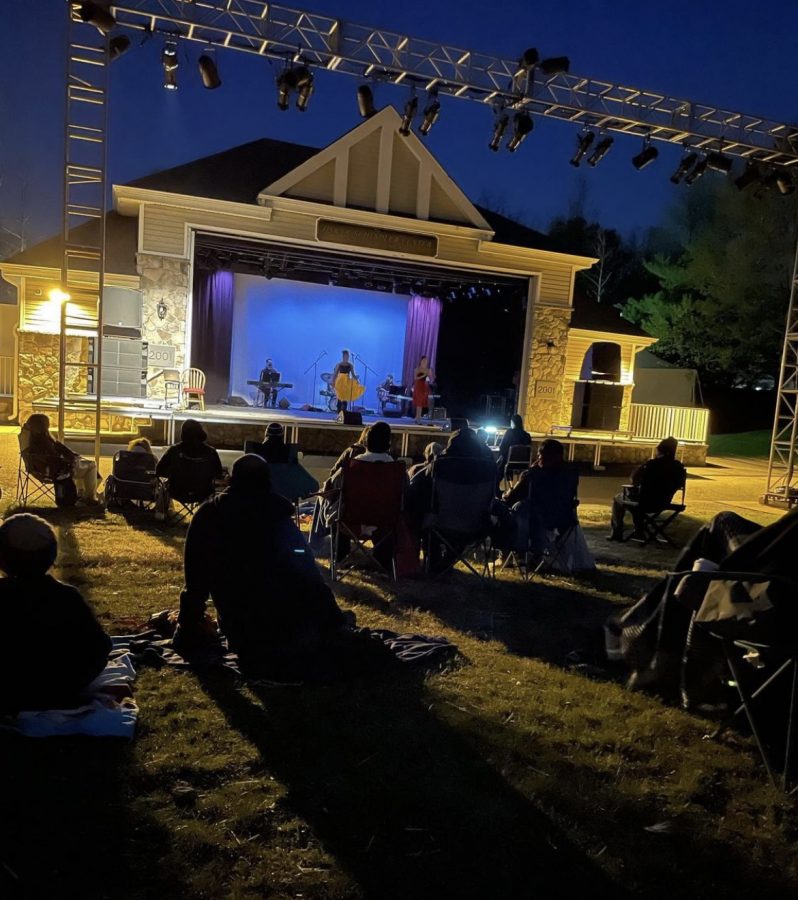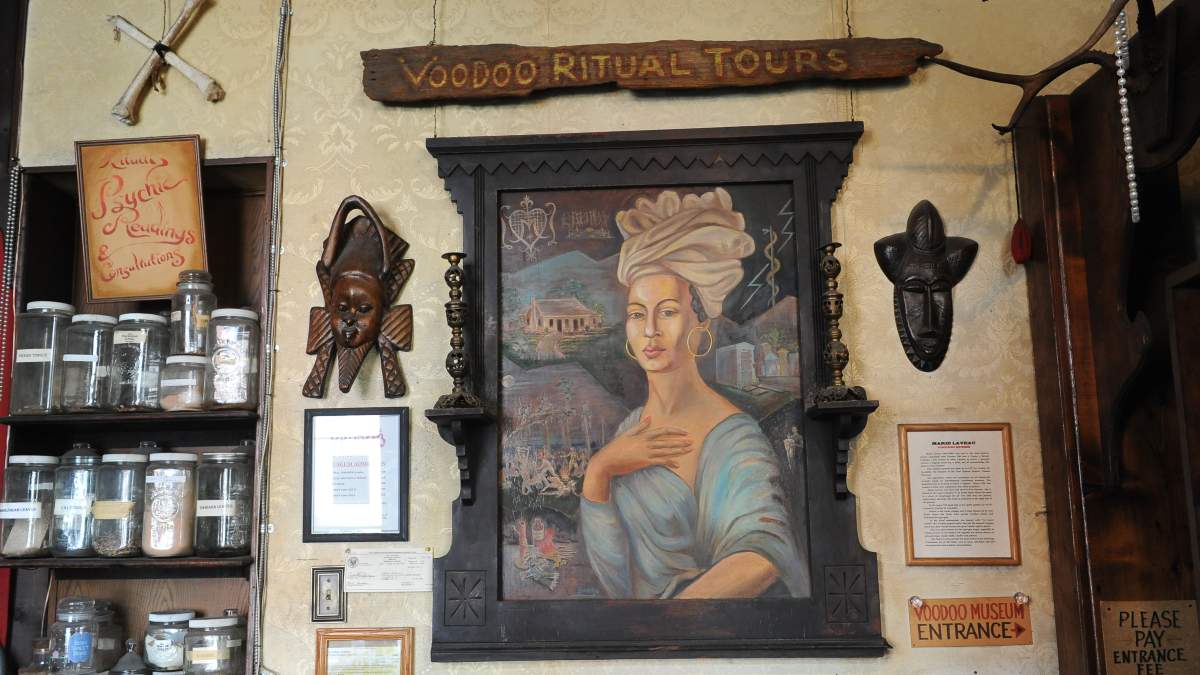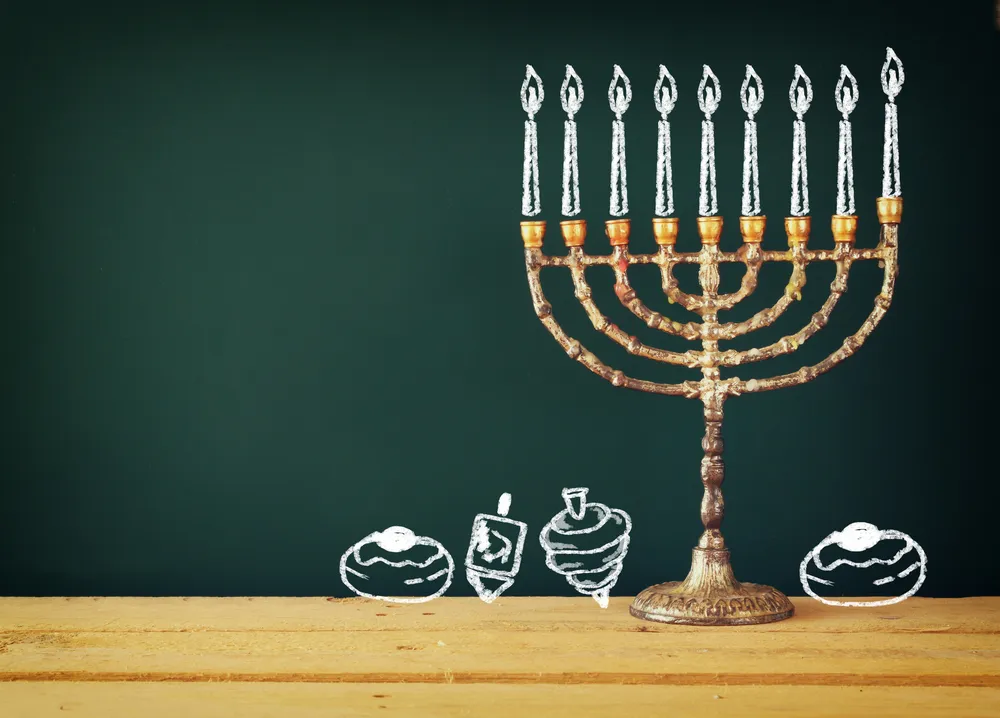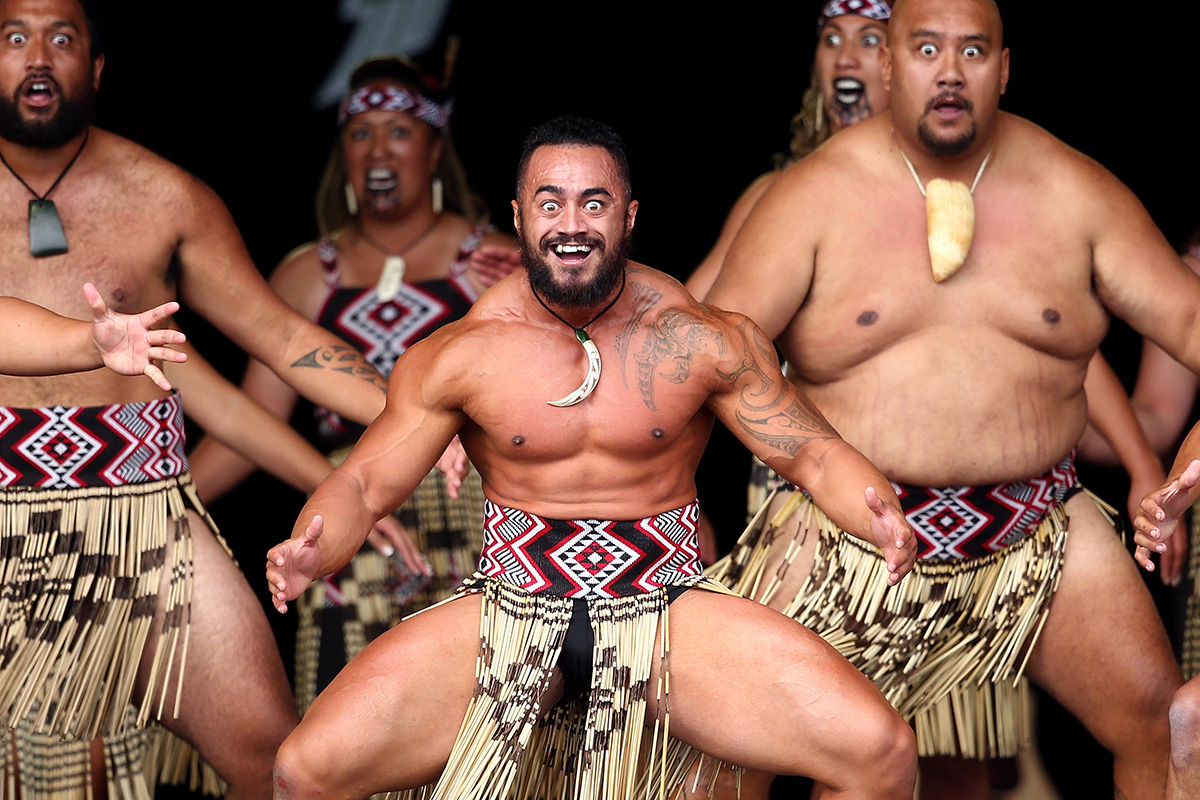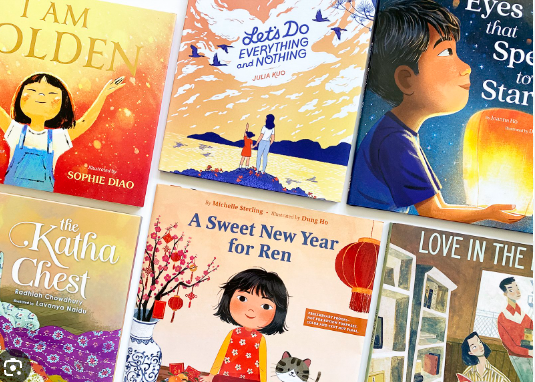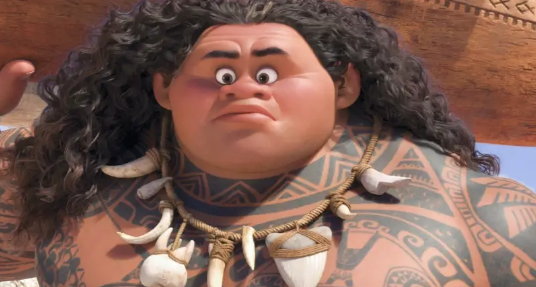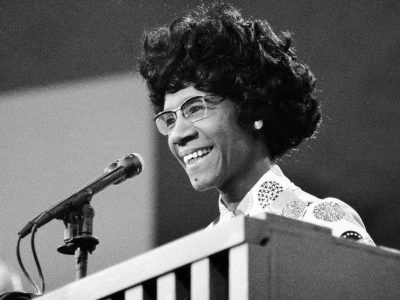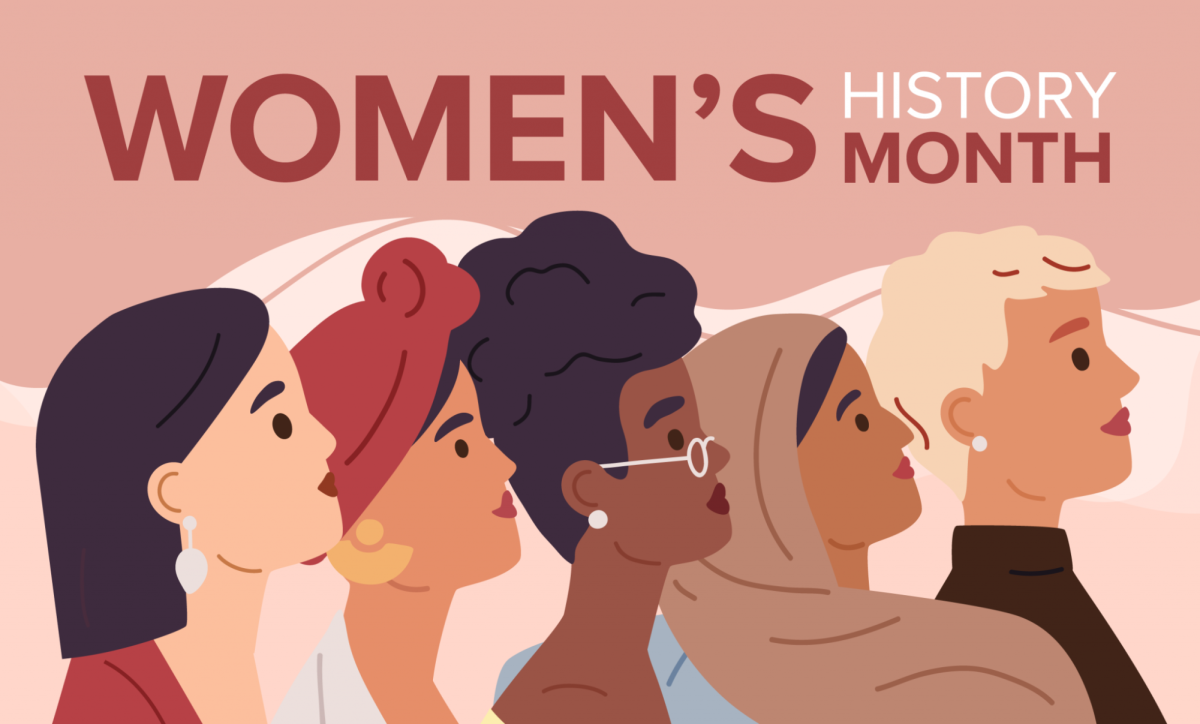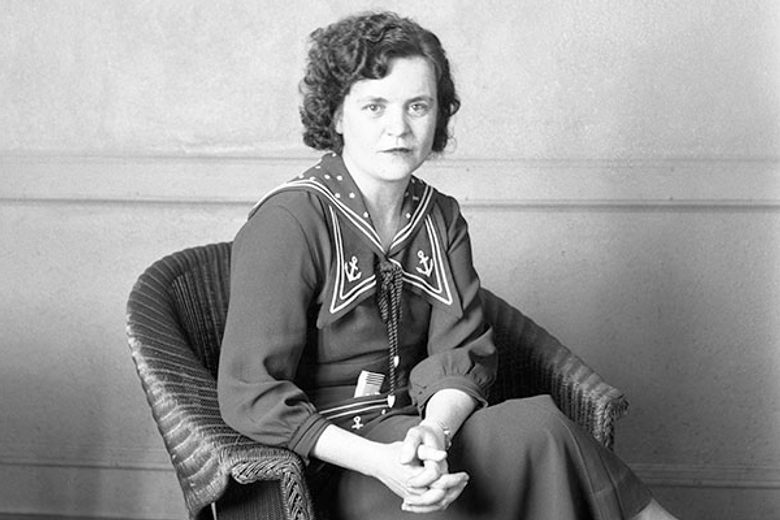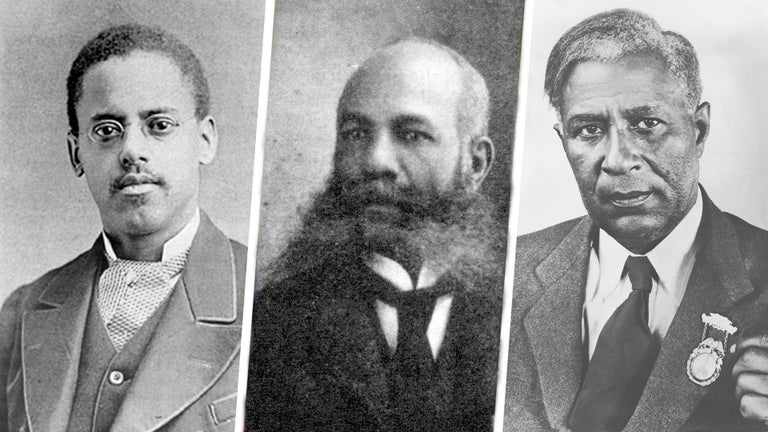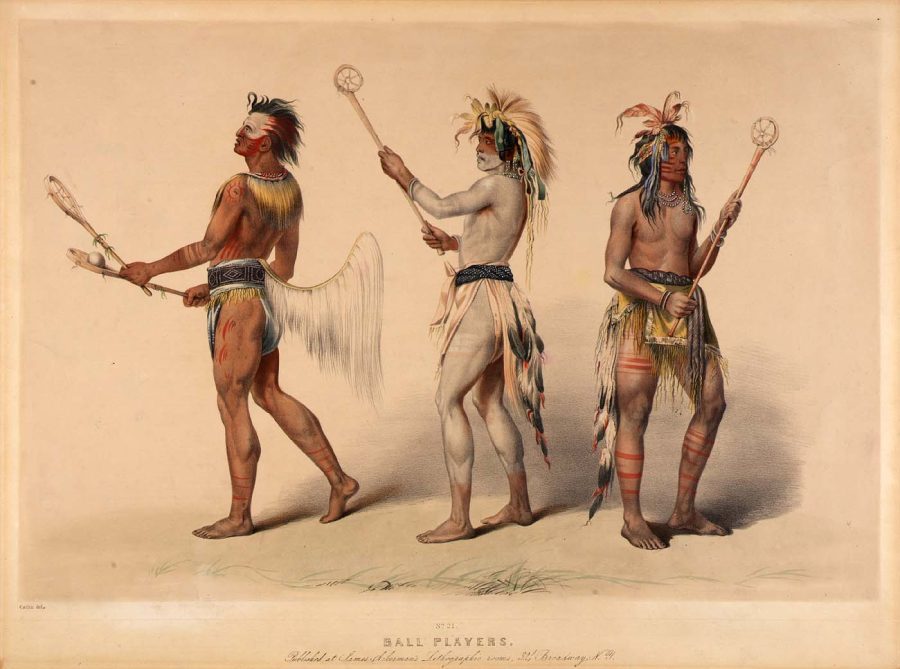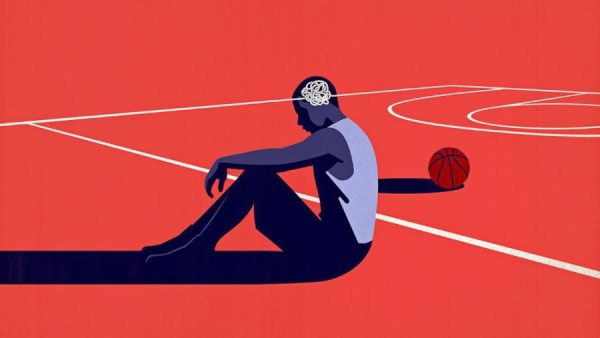Lacrosse and Native American Tradition
Baseball has long been considered America’s national pastime. However, America’s oldest sport is not baseball. It’s, in fact, not only a sport filled with culture and tradition but also one of the fastest-growing sports in the US. That sport is lacrosse.
Chances are you have come across lacrosse in recent years. From your high school to the rapidly growing Premier Lacrosse League (PLL) and even the efforts to get lacrosse into the 2028 Summer Olympics in Los Angeles. Lacrosse has been all over the United States/Canada and has even spread all over the world to countries like Japan, the UK, Australia, and more. However, the game has a much more historic background dating back to the 1630s and the Native American Tribes in North America.
Originally called Stick Ball, lacrosse was a popular sport played by Native American tribes in North Eastern North America (modern-day America and Canada). For many tribes, the game was considered a healing game (it was known as the Medicine Game).
However, lacrosse did not just stop at being a healing game. It was also a way for tribes to end conflicts and be connected to their god, The Creator. Many tribes believed that the stick was a connection to the Creator’s world because of its usage of parts of nature (i.e. wood, leather, etc.). They believed the stick was such a large connection that they were given the stick as a child and buried with it as an adult.
But, lacrosse has gone through a plague that has almost led to the sport losing its tradition. The plague is the lack of inclusivity in the modern game. According to The Salt Lake Tribune, in 2021, 84% of men’s and women’s college lacrosse players were white. This has led to lacrosse being known as a sport only played by rich white people rather than the important game it used to be.
With lacrosse slowly losing its cultural importance many people and organizations alike have taken to reviving the roots of the sport. With native players like Lyle and Jeremy Thompson keeping the tradition alive, organizations like the PLL acknowledging native grounds, and even tribes like the Haudenosaunee participating in global lacrosse tournaments. Many are striving to protect the tradition of America’s oldest sport.
Lacrosse is growing rapidly, and hopefully, the traditions of Native Americans will stick with it. This is because, without the traditions of the sport, the sport would not be around today. So, whenever watching, or playing, a lacrosse game, remember where the sport came from.
